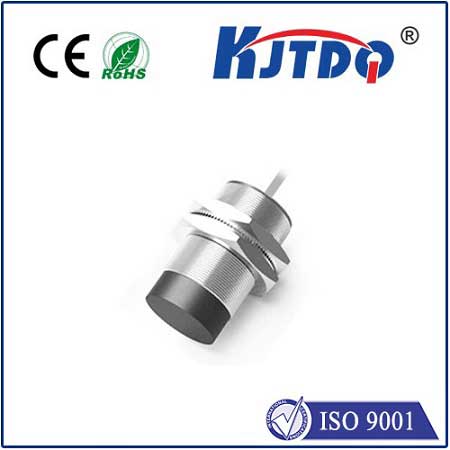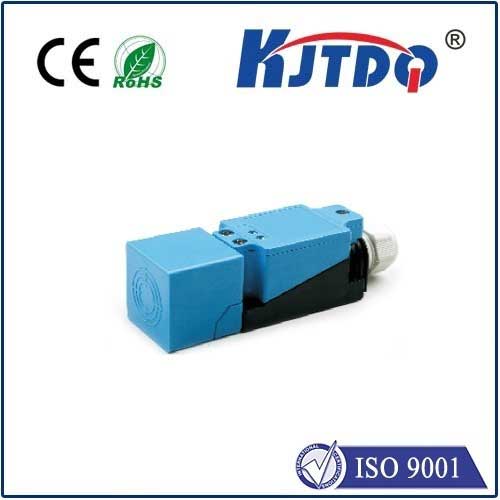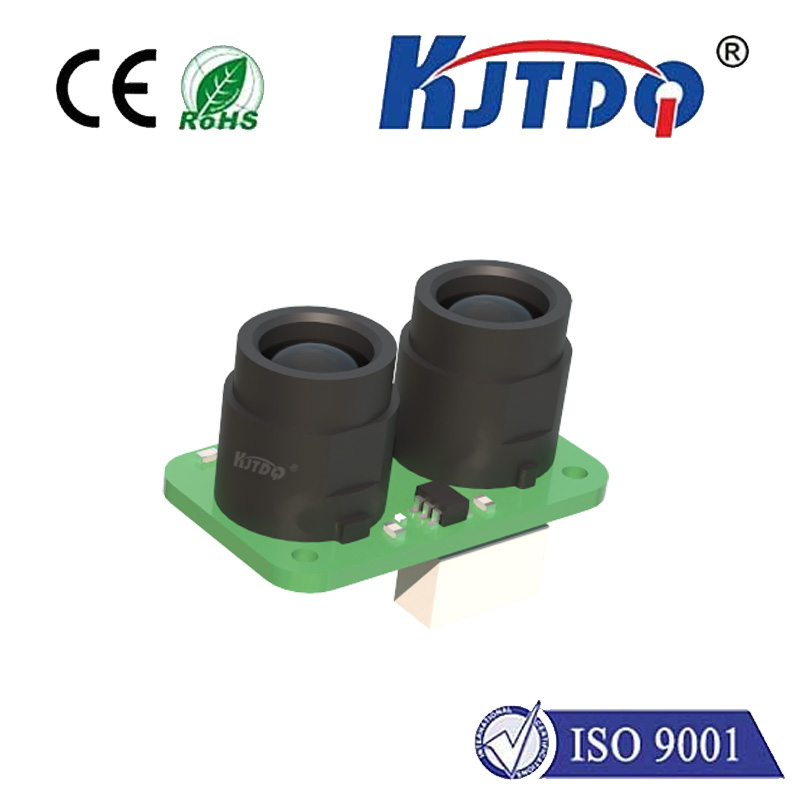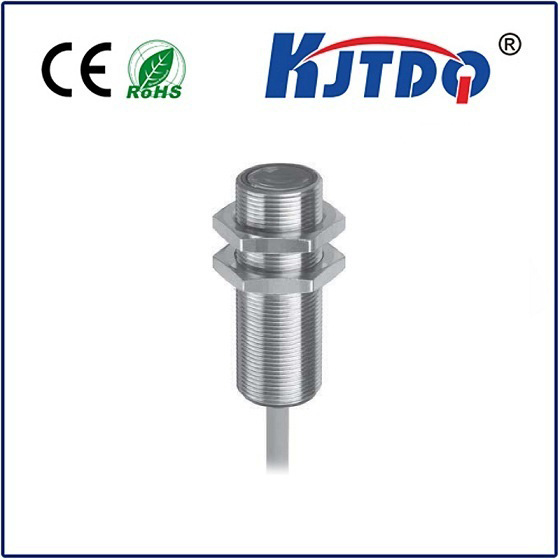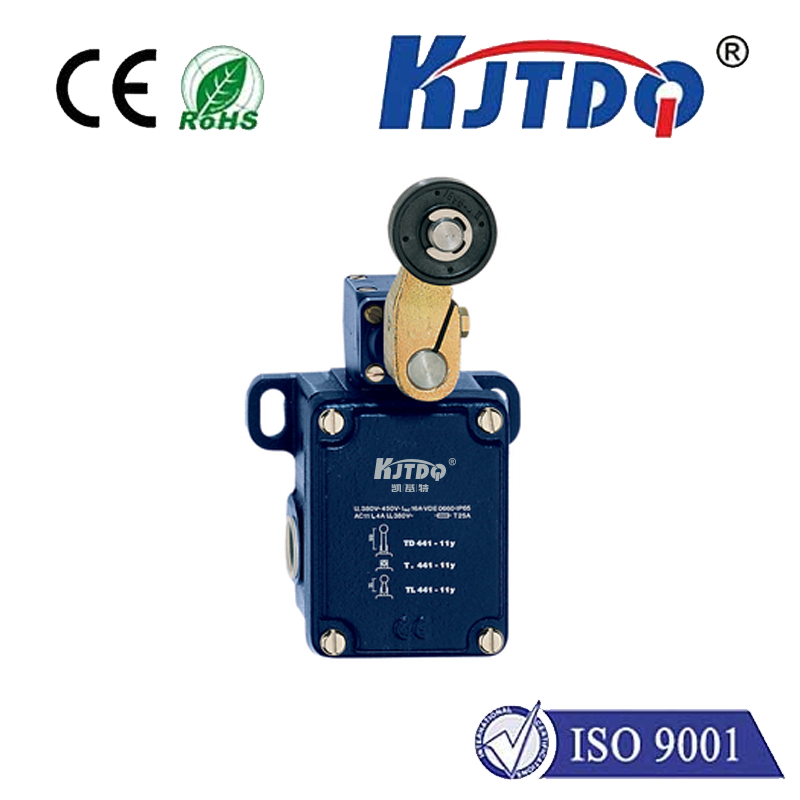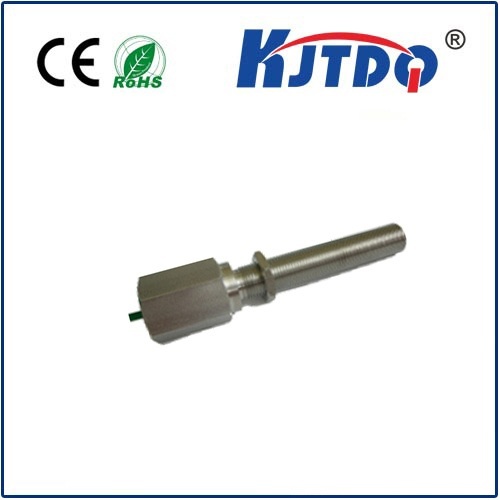laser safety sensor
- time:2025-09-14 03:26:17
- Нажмите:0
Unseen Guardians: How Laser Safety Sensors Protect People and Equipment
Laser technology is an invisible powerhouse driving innovation across countless industries, from intricate micro-surgery and advanced manufacturing to captivating entertainment and cutting-edge scientific research. However, the very properties that make lasers so valuable – their intense power, focus, and coherence – also present significant safety hazards. Exposure to high-powered laser beams, even briefly, can cause permanent eye damage or severe skin burns. This is where the indispensable role of the laser safety sensor comes into sharp focus. These sophisticated devices act as vigilant, automated guards, continuously monitoring for laser radiation and triggering immediate safety protocols to prevent accidents, making them a cornerstone of responsible laser operation.
The Imperative for Automated Protection
While administrative controls, proper training, and Personal Protective Equipment (PPE) like laser safety goggles are fundamental layers of protection, human factors and potential procedural failures remain a risk. Barriers can be bypassed, interlocks defeated, or PPE forgotten. Class 3B and Class 4 lasers, capable of causing instantaneous injury, demand a higher level of engineered safety. Laser safety sensors provide this critical, fail-safe layer. They function autonomously, monitoring the environment 24⁄7 without relying on human intervention. Their primary objective is to detect the presence of stray or unintended laser radiation – particularly outside designated safe enclosures or interlocked areas – and instantly initiate protective actions. The most common action is triggering an interlock system that temporarily shuts down the laser source or closes an optical shutter, effectively neutralizing the hazard.
How Laser Safety Sensors Work: Core Technologies

Laser safety sensors employ various technologies tailored to specific applications and laser wavelengths. Understanding their core principles highlights their versatility:
- Photodiode/Power Meter Sensors: These are perhaps the most common. They contain photodiodes specifically designed to detect light within certain wavelength ranges relevant to industrial lasers (e.g., UV, visible, IR like 1064nm, 10.6μm). When the detected beam power or energy exceeds a pre-set safety threshold, the sensor sends a signal to the interlock. Key advantages include high sensitivity and relative affordability. They are ideal for monitoring specific beam paths or enclosure exits.
- Beam Position Monitoring (BPM) Sensors: Beyond just detecting presence or power, BPM sensors track the actual position of a laser beam. Using multi-segment detectors or camera-like systems, they can detect if a beam drifts outside its designated “safe” zone (e.g., due to misalignment or component failure). Any deviation beyond tolerance triggers the safety interlock. This is critical in applications where precise beam positioning is paramount for safety, like in laser material processing stations.
- Scatter/Stray Light Sensors: These sensors are designed to detect diffuse reflections or scattered laser light, rather than the direct beam. Placed strategically around a laser work area or enclosure, they act as a wide-area surveillance net. If reflection levels (indicative of an exposed beam or compromised enclosure) surpass safe limits, the sensor activates the safety shutdown. This provides a crucial secondary layer catching hazards primary sensors might miss.
- Wavelength-Specific Detection: Sensors are often engineered with filters or specific detector materials to target the exact laser wavelengths in use. This prevents false triggers from ambient light (e.g., workshop lighting) and ensures they only respond to the hazardous laser radiation. Calibration to the specific laser’s characteristics is essential.
Integrating Safety: The Sensor System Ecosystem
A laser safety sensor is rarely a standalone device. Its power lies in seamless integration into a comprehensive Laser Safety System:
- Interlock Interface: The sensor must reliably communicate with the laser’s interlock circuit, initiating shutdown within milliseconds.
- Control Logic: Sophisticated systems may involve programmable logic controllers (PLCs) or dedicated safety controllers to manage inputs from multiple sensors, door interlocks, and emergency stop buttons.
- Alarm Signaling: Integration with visual (flashing beacons) and audible alarms provides immediate operator feedback when a sensor triggers a safety event.
- Compliance Monitoring: Some advanced systems log sensor activations and safety events, providing vital audit trails for regulatory compliance (e.g., with standards like ANSI Z136.1 in the US or IEC 60825 internationally).
Crucial Applications: Where Laser Safety Sensors Are Non-Negotiable
The deployment of laser safety sensors is widespread and vital wherever potent lasers operate outside fully sealed, unopenable enclosures:
- Industrial Laser Processing: Cutting, welding, marking, and additive manufacturing using high-power CO2, fiber, or disc lasers. Sensors monitor beam exits on cutting heads, enclosure integrity via scatter detection, and beam position within workstations.
- Medical and Aesthetic Lasers: In surgical suites, dermatology clinics, and cosmetic procedures, protecting practitioners and patients from unintended exposure during device setup, calibration, or accidental firing is paramount. Sensors are integrated into applicators or treatment rooms.
- Research & Development Labs: University, government, and corporate R&D labs working with novel or high-power laser setups require robust, adaptable safety monitoring, especially during experimentation where configurations change frequently.
- Entertainment Lasers: Large-scale laser light shows require strict audience scanning safety (SMS) systems. Sensors often monitor crowd scan areas, triggering beam attenuation if unauthorized access occurs.
- LIDAR and Defense Systems: While often inherently enclosed, test and integration phases for advanced LIDAR or directed energy systems utilize stringent safety monitoring.
Key Considerations for Selection and Use
Choosing and implementing the right laser safety sensor demands careful attention:
- Laser Parameters: Wavelength, pulse duration (continuous wave or pulsed), average power, peak power, and beam diameter directly influence sensor selection.
- Required Sensitivity and Dynamic Range: The sensor must detect hazardous levels reliably but not trigger on harmless background light. It also needs to handle the laser’s power range.
- Response Time: Speed is critical. Sensors must react fast enough to prevent injury. Millisecond-level response is standard for high-power lasers.
- Environmental Factors: Temperature, humidity, dust, vibrations, and potential contaminants can affect sensor performance and durability.
- Location and Mounting: Positioning the sensor to effectively monitor the hazard zone without interfering with the process is crucial. Shielding from ambient light might be necessary.
- Validation and Testing: Sensors and the entire interlock system must be regularly tested and validated to ensure they function as intended when a hazard occurs. This is not optional.
The Silent Sentinel
In the dynamic world of high-power laser applications, the laser safety sensor operates as a silent, yet profoundly important, sentinel. It embodies the principle of “Engineered Safety,” providing an automated, reliable, and immediate response to potential laser radiation hazards that complements procedural controls and PPE. By continuously monitoring the environment and acting instantaneously to neutralize threats, these sensors play a vital role in protecting human vision, preventing skin injuries, safeguarding valuable equipment, and ensuring compliance with stringent safety regulations. Their unseen vigilance allows the immense potential of laser technology to be harnessed responsibly and safely, fostering continued innovation without compromising the well-being of those who work with or around these powerful beams of light.

